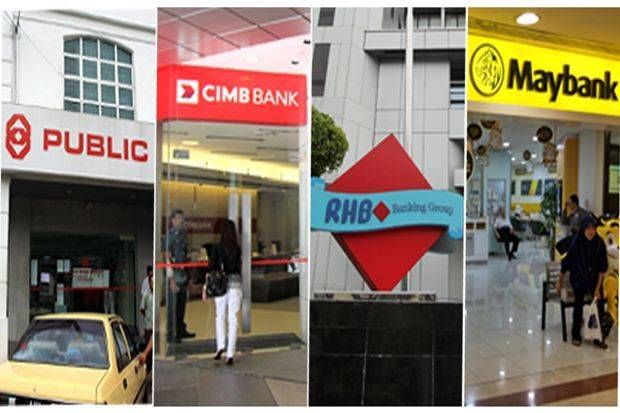A BOUNCE-BACK in 2021 profits does not tell the full story for Malaysian banks. S&P Global Ratings believes an uneven recovery of loans under moratorium could continue to weigh this year.
In a report that does not constitute a rating action, the global rating agency said at least two drivers of last year’s profit bounce are likely to stay on track: (i) lower credit costs (a gauge of provisions); and (ii) accelerating loan growth.
However, the margin improvement last year has likely run its course for now. And non-performing loans (NPLs) could rise to 2.5%-3% over the next 12 months after various moratorium programmes expire by mid-2022 as scheduled. That compares with a 1.4% NPL ratio in 2021.
“Borrowers from small and mid-size companies (SMEs) and low-income households are the most vulnerable segments under the loan-relief schemes offered by Malaysian banks,” said S&P Global Ratings credit analyst Nancy Duan.
“Lenders that have larger loan exposure to SMEs and the mass-market consumer banking will lag in their recovery behind those with established niches in the wealthy retail segment and big corporate.”
S&P Ratings estimated that credits to SMEs and low-income households account for roughly 30%-35% of the industry-wide loan book.
A recently announced RM40 bil government relief programme that specifically targets micro, small and medium-size enterprises and the informal sector will help facilitate the much-needed business recoveries for small businesses. Still, this is unlikely to forestall the weakening underlying credit trend of those borrowers.
On the other hand, the sector’s high provision coverage of non-impaired loans at around 1.3% as of end-2021 is a positive for credit costs. This compares with the low 0.8% coverage pre-COVID.
“Banks could start unwinding the accumulated provision buffer for non-impaired loans in 2H 2022 once the dust of moratorium uncertainties settles,” suggested Duan. “This could meaningfully reduce the need for additional provisions despite rising NPLs.”
In this regard, S&P Ratings is likely to materially revise down its 2022 sector credit cost forecast from the current 55-60 basis points if Malaysia’s economic recovery remains firm and the transition to an endemic phase proceeds as planned.
“Nevertheless, we don’t think the banking sector’s credit cost will normalise to pre-COVID levels anytime soon, unlike for its peers in Singapore,” opined the international rating agency.
By S&P Ratings estimates, Malaysian banks will expand loans by 6% in 2022 from a 4.5% loan growth in 2021.
Specifically, higher capital spending, a booming oil and gas (O&G) market, and the competitive financing cost of bank loans amid capital market volatility will revive loan demand among big corporates.
However, it will take longer for consumer and SME lending to recover as a result of the still fragile consumer confidence, the magnitude of the SME stress throughout COVID-19, higher inflation, and already elevated household indebtedness.
“Malaysian banks will face more downward pressures on net interest income (NIM) in 1H 2022 as their funding cost starts to rise and deposit competition intensifies. The NIM could stabilise in the second half,” projected S&P Ratings.
“This is because Bank Negara Malaysia (BNM) is likely to hike its overnight policy rate by 25 basis points by June which means local banks will benefit from somewhat rising loan yield.” – March 1, 2022










